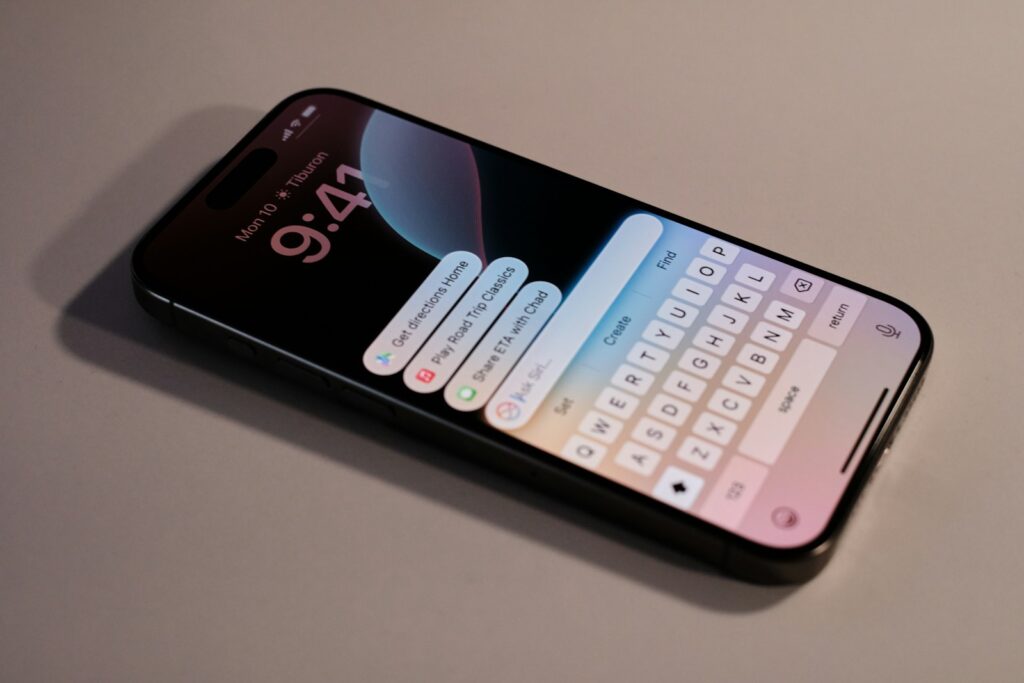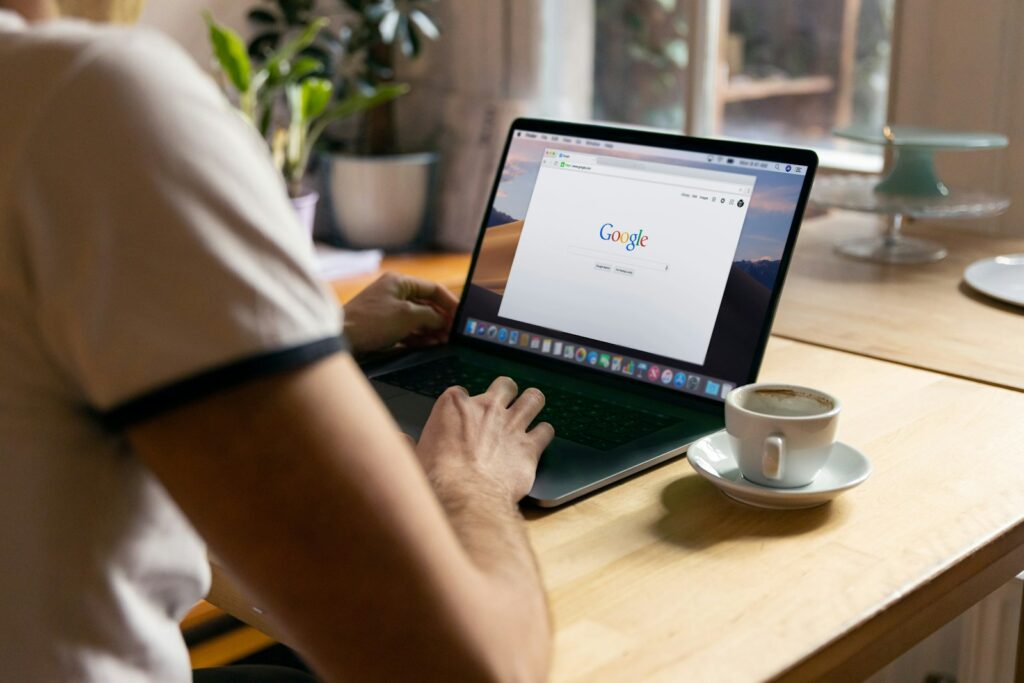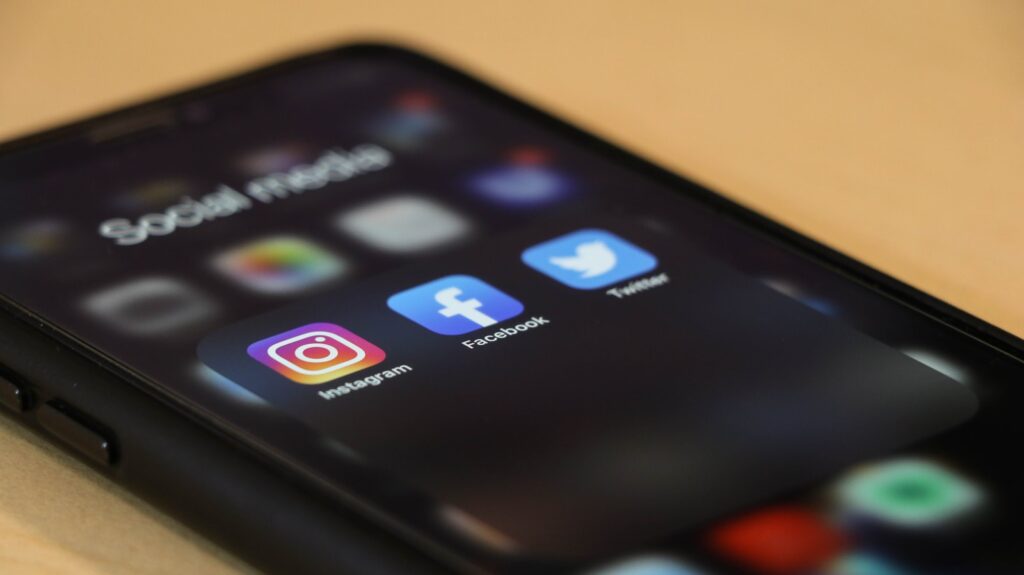It’s never been easier to say “I love you” with a tap. But the effects of texting on relationships are more complicated than they appear. Texts can bridge distance, yet they can also replace the nuance of real conversations.
To understand where intimacy stands today, we need to explore how couples’ communication habits are shifting and what that means for love.
Texting vs Talking in Relationships
Texting is often seen as convenient, but does it replace deeper conversations? A University of Texas study found that hearing someone’s voice creates stronger emotional bonds than reading their words.
Still, daily messaging plays a role. Frequent texts can increase relationship satisfaction and texting quality when partners use supportive language and even emojis. Couples often balance both modes: short digital check-ins with longer conversations for meaningful topics. This contrast highlights the ongoing debate of texting vs talking in relationships.
The Impact of Technology on Intimacy
The impact of technology on intimacy shows up in surprising ways. During the pandemic, household texting rose by 612% as couples relied on phones to stay connected. While this kept communication alive, many couples reported feeling more distant in person.
Psychologists note that over-reliance on devices can dilute emotional presence. A 2018 Berkeley study confirmed that voice calls and video chats outperform texts when it comes to conveying emotion. In short, intimacy thrives in richer channels.
For more on the hidden costs of always-on devices, check The Rise of the ‘Second Screen’: Multitasking or Mental Overload?
Communication Habits in Couples: A New Normal
Today’s communication habits in couples are shaped by efficiency. Partners use texts to plan, coordinate, and share quick updates. But the trade-off is subtle: conversations become transactional. Over time, this can erode emotional connection.
This is where digital communication and love collide. Texts, such as sending an emoji or GIF, can spark a connection, but they rarely capture the warmth of eye contact or the comfort of tone. For some, it’s enough. For others, it leaves gaps that only face-to-face or voice interactions can fill.
Emotional Connection, Texting, and Phubbing
The emotional connection texting creates is real, but so is its dark side. One survey found that 94% of millennials feel anxious about texting frequency and ambiguous replies. The constant pressure to respond instantly can strain relationships instead of strengthening them.
Then there’s phubbing in relationships, where you’re ignoring your partner to scroll through your phone. This behavior leads to lower relationship satisfaction and more frequent conflict. If texting keeps couples tethered, phubbing pulls them apart.
For more on how digital tools hijack attention, see The Psychology of Notifications: Why You Can’t Stop Checking Your Phone.
Finding Balance: Intimacy and Digital Devices
So, what’s the solution? A healthier balance between intimacy and digital devices comes from intentional habits. Use texting for quick touches of connection. Save heavier conversations for phone calls or in-person talks where body language and tone can do their work.
Experts recommend setting boundaries. That means no phones during meals, designated call times, or even “no-text days.” These practices reflect a bigger theme. How couples use technology defines whether it nurtures intimacy or replaces it.
For a related angle, see From Work-Life Balance to Work-Tech Balance.
Rethinking Intimacy
The effects of texting on relationships aren’t simply good or bad. They’re contextual. Texts can support closeness, but they can’t fully replace the depth of talking.
In the end, love isn’t about the number of pings, but about presence. Couples who recognize this balance can enjoy the convenience of texts while still prioritizing connection that feels real. Technology may shape the medium, but intimacy still depends on the message.




